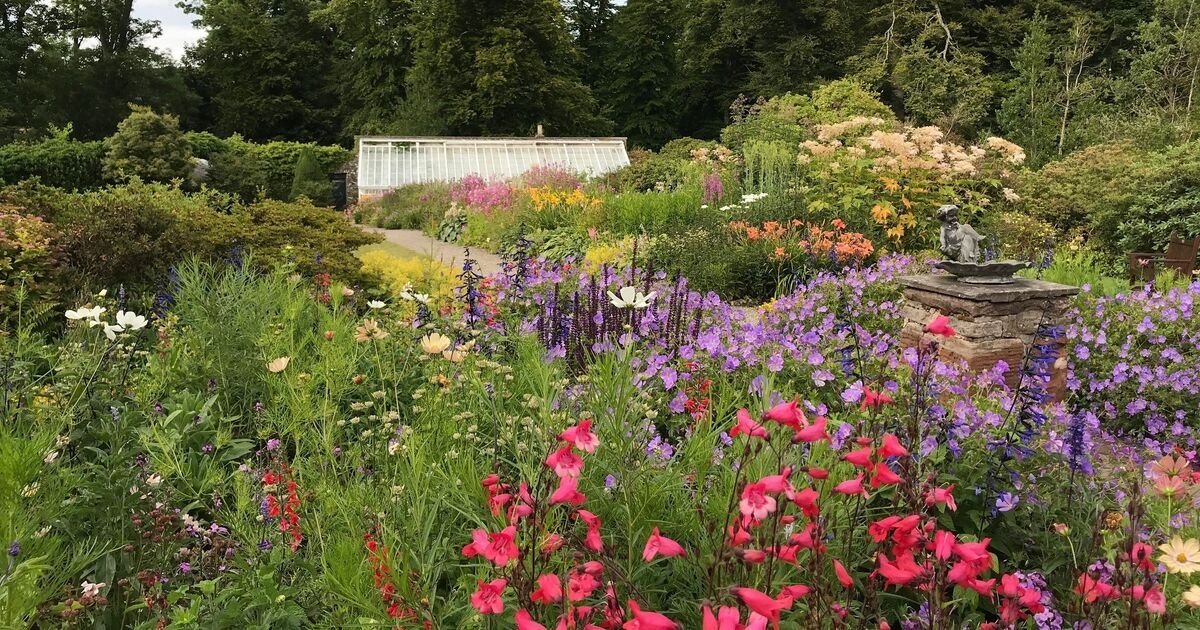
Explore Cardross
Cardross has an abundance of fascinating places of interest to explore that are rich with history and offer a wonderful insight into how vibrant and interesting our local community truly is. Each site tells a unique story and reflects the character and heritage of the area, inviting both locals and visitors alike to discover and appreciate our charming village.
Ardmore Point
Ardmore is located off the A814 between Cardross and Helensburgh. Take the road down to the shore, parking is situated beyond the level crossing. There is a circular footpath around Ardmore Point though the path on the west side can be difficult after heavy rain. This is a lovely local walking route, details available here.
RSPB have an interest in Ardmore Point due to the large numbers of Curlew and Oystercatcher roosting both the North & South bays at high tide with smaller numbers of Redshank. More information is available from RSPB.
If you are walking dogs in this area please be mindful of roosting birds and nearby livestock.
Cardross Beach
Cardross is beautifully situated on the stunning River Clyde and, as such, boasts a long and inviting waterfront. The charming beach located next to the railway station features a section of a lovely cycle path that is perfect for leisurely walks.
Additionally, a twice annual beach clean is thoughtfully organized by the dedicated Cardross Community Council. Be sure to look out for details about the next event so you can join in and help keep our beautiful beach clean and welcoming for everyone!
Cardross War Memorial
This memorial in Cardross commemorates the residents who were killed or went missing during the two World Wars of the 20th century. The cenotaph is a trapezoidal ashlar block on a stone base, surrounded on three sides by a wall with eight bronze plaques bearing the names of the fallen. The top six plaques are for those who perished in World War I, while the bottom two are for the victims of World War II.
On Remembrance Day, the community gathers for an organized walk led by the local Scouts and Brownies, who are later joined by veterans as they proceed to the War Memorial. Cardross Parish Church then holds a Remembrance Day service, beginning at the village Cenotaph with the laying of poppy wreaths and a 2-minute silence at 11 am, before continuing inside the church. During this solemn event, the main road is closed to allow for the respectful commemoration.
More information on the war memorial can be found on Imperial War Museums.
St Peter Seminary
Cardross is home to the remarkable St Peter’s Seminary, a structure that tells a fascinating story of change and resilience. Built in 1966 as a training center for Roman Catholic priests, this intriguing building faced a decline in priestly numbers, leading to its closure in 1980. Since then, it has experienced a range of challenges, including fire, flood, and vandalism, which have significantly impacted its condition.
St Peter’s features a highly unusual architectural style that evokes mixed opinions; while some celebrate its design for its uniqueness and cultural significance, others consider it less aesthetically pleasing. Its current dilapidated state indeed reminds many of a concrete multi-storey car park, but the memories and historical significance it carries are still cherished by many.
Despite the building's struggles, it has not been forgotten. The Internet is filled with vibrant photographs from its operational days, showcasing its former glory and giving a glimpse of its potential. In 2020, the building's ownership was handed over to The Kilmahew Trust, marking a new chapter in its story. Though the Trust has yet to reveal detailed plans for the site, there is a sense of hope and anticipation for its future.
Cardross Church Ruin
A new Church was built in the year 1644 in the growing ferry community of Cardross, reflecting the town's burgeoning population and spiritual needs. This original structure was eventually replaced by a new Church featuring a handsome square tower, which was carefully constructed on the same site and joyously opened for worship on the last Sunday of April in 1827.
Unfortunately, on the fateful night of 5th May 1941, that beautiful Church became one of several buildings tragically destroyed by heavy bombing, as Cardross inexplicably became a target of the Luftwaffe during World War II. After the war concluded, the tower was preserved as a solemn War Memorial, and the building located on Station Road, which was opened in January 1872 as a Free Church, was thoughtfully adapted for use as the present Cardross Parish Church, allowing the community to continue its rich tradition of worship.










